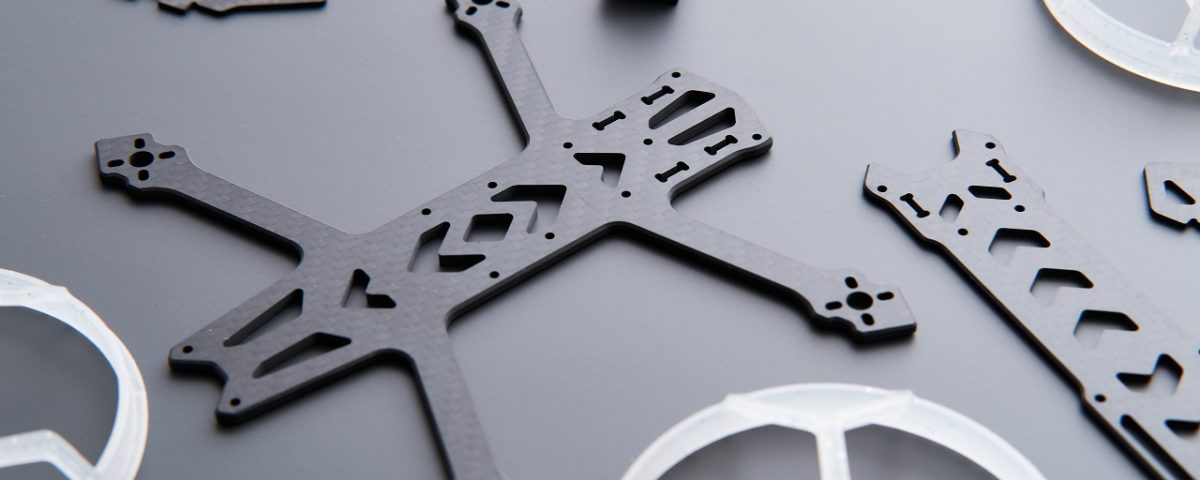What drone do you use for racing? Do you use one that’s already assembled or do you prefer to customize and build your own? For many beginners, the popular choice is to purchase one that has already been assembled. However, there are also others who prefer to build their own.
Building your own drone for FPV racing is great because you get to choose which parts to use. You can choose parts according to their various benefits. Apart from the camera, one of those that you should carefully choose is the drone frame. For today, we’ll help you choose a drone frame to use for FPV Racing.
What Is A Drone Frame?
The drone frame is one of the first things that you should choose when you want to build your drone. It will greatly affect the drone you build. The drone frame functions as a protector of the components that you fit in your drone plus it holds the components together.
It is important to carefully choose the frame because it also affects aerodynamics. That you will need especially when you want to use your drone for racing.
When selecting a drone frame, you can base your choice on the materials, drone size, frame shape, or unibody design
Material
The drone frames on the market are usually made of carbon fiber. This is a great material to use because it is lightweight, rigid, and strong. However, there are also disadvantages to this material. It is not cheap, it conducts electricity so wires have to be insulated, and it can block radio frequencies.
Apart from carbon fiber, there are also drone frames that are made of plastic. These are also durable and wouldn’t break easily but you have to find the right parts to fit the predefined spaces.
Apart from the frame itself, you also need to take a look at the materials of the other hardware like the bolts and screws. There are also some that can combine titanium or aluminum parts. However, this could cost higher and weigh more.
Size
Drone frames come in a variety of sizes. Those that measure 112 mm to 250 mm are usually selected for racing drones. The most commonly selected is one that measures 210 mm. Many like this because 5-inch props could be run in it.
For the fastest frames, you can choose the 150mm frames. However, they may get blown easily by the wind and could only carry a smaller battery. That means their flight times are less than those that measure bigger.
Then you can also select bigger frames. However, there would be air resistance with such frames. The bigger props you use could help you counter that and it could also be helpful for long-range flights.
Frame Shape
The frame shape is affected by how the arms are positioned. The most common drones typically have 4 arms but there are also others that have more or less. With the 4 arms as the most common, we will be focusing more on it.
There are several layouts for frames with 4 arms. They are the H, true-X, stretched X, square, and hybrid X.
The H layout is available but is not usually used because they are bulky and the motor position due to the long arms are not ideal for racing. Many drone builds are made of the true-X layout. This is because the motors have equal distances between them, making them balanced.
The hybrid X layout is a combination of the H and true-X layouts. With it, you have a longer body and the arms are optimally placed. The stretched X layout is designed for better high-speed handling. However, it isn’t perfect because the distribution of force on the center mass is not equal. When using this frame, you still need to tune them to properly fly them.
Lastly, there is the square layout. This frame looks similar to the true-X frame but there are arms between each motor. It is like enclosing the X with a square. This frame is great for strength but it also increases the surface area which causes an increase in drag.
Unibody Frames
Drone frames with a unibody design have the arms already part of the bottom or top plate. This can make the drone frame a lot stronger because of lesser joints or weak points. One drawback here is that breaking an arm would mean you’d have to replace the entire frame.


